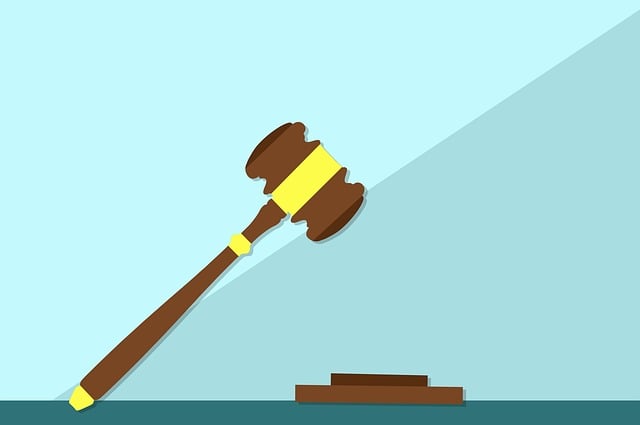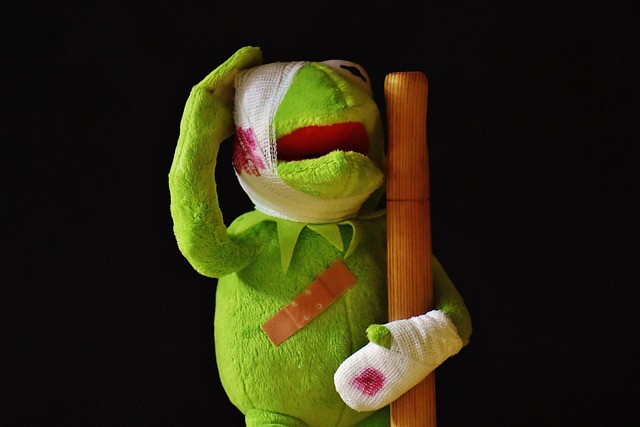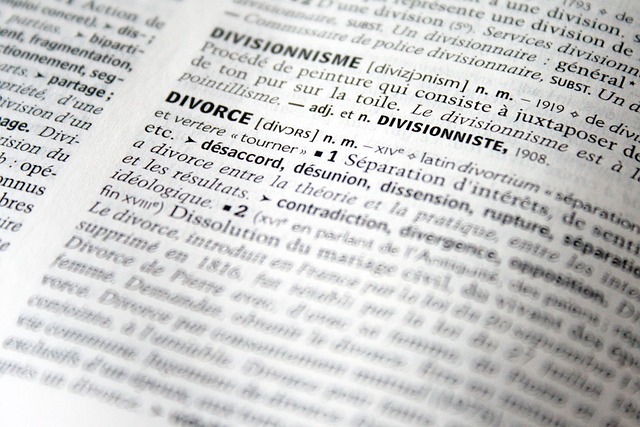Defective children's products pose serious risks, leading parents to seek justice through legal channels focusing on product liability. Cases involve design flaws, manufacturing errors, or inadequate warnings, resulting in financial compensation. Parents can hold manufacturers accountable by identifying legal bases, documenting losses, gathering evidence, and retaining specialized counsel. Preventative measures like testing, quality control, material inspections, and informed consumer awareness significantly reduce the risk of product-related injuries.
In today’s market, ensuring product safety for kids is paramount. Despite stringent regulations, defective children’s products can cause serious harm, leading to lawsuits and long-lasting consequences. This article delves into the world of faulty toys and goods, exploring legal aspects and common issues surrounding these claims. We guide parents and guardians through the process of filing lawsuits, empowering them with knowledge. Additionally, we offer preventative measures to foster a safer environment for children, emphasizing the collective responsibility in safeguarding our young ones from defective products.
- Understanding Defective Children's Products: Legal Aspects and Common Issues
- The Process of Filing a Lawsuit: Rights of Parents and Guardians
- Preventative Measures: Ensuring Product Safety for Kids
Understanding Defective Children's Products: Legal Aspects and Common Issues

Defective children’s products can lead to serious injuries and, in some cases, even wrongful death, prompting parents to seek justice through legal channels. When a product intended for children fails to meet safety standards or causes harm, it raises significant legal implications. These cases often revolve around product liability, where manufacturers, distributors, or retailers are held accountable for the consequences of their products’ defects.
Common issues in defective children’s product claims include design flaws, manufacturing errors, and inadequate warnings or instructions. Legal battles may arise from accidents involving toys, clothing with hazardous materials, faulty baby equipment, or any item intended for a child’s use that fails to meet safety regulations. The impact of such incidents can lead to significant financial compensation through accident settlements, reflecting the importance of stringent product testing and safety measures in business litigation related to children’s products.
The Process of Filing a Lawsuit: Rights of Parents and Guardians

When a defective children’s product causes harm, parents and guardians have rights under product liability laws. The process begins with identifying the legal basis for the claim, which often centers around manufacturers’ responsibilities to ensure their products are safe for intended users, especially children. If a product is found to be flawed, resulting in injury or damage, affected families can pursue compensation through a lawsuit.
Filing a lawsuit involves several steps: documenting medical expenses and other losses, gathering evidence of the defect and its relationship to the incident, and retaining legal counsel specializing in product liability cases. Caregiver abuse, stemming from product failures, is a serious issue that warrants legal action. By asserting their rights through litigation, parents can hold manufacturers accountable for producing defective children’s products, potentially resolving insurance disputes and securing justice for their child’s suffering.
Preventative Measures: Ensuring Product Safety for Kids

Preventative measures are crucial when it comes to ensuring the safety of children’s products. Manufacturers and retailers must adhere to strict guidelines and regulations to prevent defective children’s products from reaching consumers. Regular testing, quality control checks, and adherence to safety standards can significantly reduce the risk of product-related injuries. These measures include rigorous material inspections, comprehensive design reviews, and simulated use tests to identify potential hazards.
Additionally, staying informed about industry recalls and legal updates related to defective children’s products is essential. Companies should have robust systems in place to monitor and address any safety concerns promptly. By implementing these preventative strategies, the likelihood of children suffering from auto accident injuries or other personal injury claims due to defective goods can be substantially minimized, ensuring a safer environment for kids.
In conclusion, recognizing and understanding defective children’s products is paramount to safeguarding our young ones. By being vigilant and informed about legal rights and common issues, parents and guardians can navigate the process of filing lawsuits effectively. Moreover, adopting preventative measures ensures a safer environment for children by holding manufacturers accountable for their product quality. Staying proactive in this area is essential to minimizing the occurrence of such incidents and promoting the well-being of our kids.






